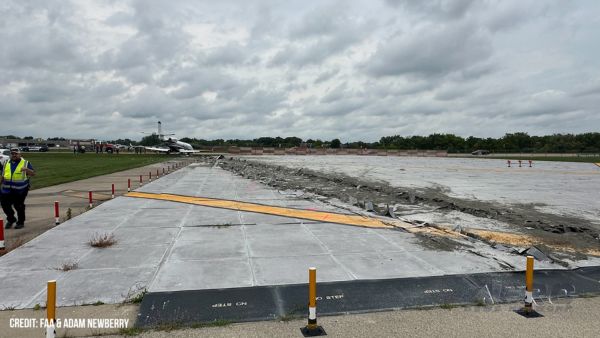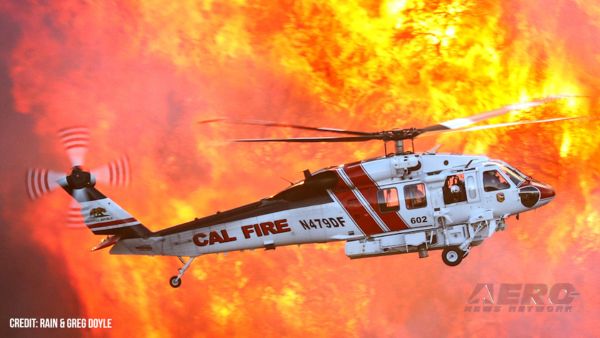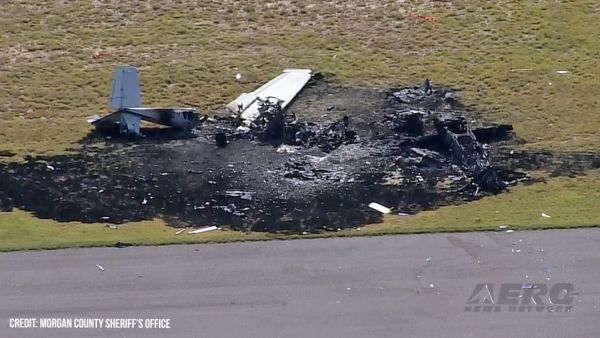New Rules Still Leave Lingering Questions
The Environmental
Protection Agency (EPA) last week released two proposed amendments
to the Spill Prevention, Control and Countermeasure (SPCC) rule,
which are required at airports that provide and store aircraft
fuel. The new rules represent a significant revision of previous
EPA proposals, removing many of the requirements included in
earlier proposals that would have placed a costly burden on
aviation fuel providers.
Under the new rules, aviation fuel providers will no longer be
required to have "sized secondary containment" as proposed earlier.
This provision, the most contentious among the aviation industry,
removes the mandate that trucks must be parked in special
containment or "bermed" areas when not in service.
Such requirements would have cost aviation fuel providers tens
of thousands of dollars and would have constricted airport runway
space, creating safety and security hazards. Fuel trucks will still
be subject to general secondary containment requirements, which
include a number of more reasonable containment options. The rules
also provide flexibility for small facilities.
Facilities that store
less than 10,000 gallons of oil have the option of self-certifying
their facilities, rather than using the services of a professional
engineer (PE). In doing so, however, the facilities must strictly
follow all SPCC requirements with no exceptions.
The rules extend the compliance date for SPCC plans from August
2006 to October 2007. All facilities subject to SPCC regulations
must have a plan certified and implemented by then.However, it is
unclear whether the extension applies to aviation fuel
providers.
The new rules also leave many unanswered questions and appear to
contradict each other in some areas. The documents issued by the
EPA state that the agency has documented evidence of fuel spillage
from airport refueling vehicles, a claim disputed by the aviation
industry.
To date, the EPA has not shared the evidence with industry
officials. Additionally, the rules provide exemptions from SPCC
regulations for other types of motor vehicles, stating that the
vehicles are inspected regularly and have an "economic incentive"
to guard against oil spills. Aviation refueling vehicles undergo
similar maintenance and inspection schedules, yet are not offered
this same exemption.
"We are pleased that
the EPA has listened to the aviation industry and rescinded many of
the costly requirements the agency had supported earlier," National
Air Transportation Association (NATA) President James K. Coyne
said. "The EPA's new rules on the surface seem reasonable, although
there are still several areas that need clarification. Overall,
however, these rules reflect the EPA's willingness to work with the
industry to come to a practical solution.
"I would like to thank those in both Congress and the
President's administration who worked to ensure that the EPA rules
do not place an unnecessary burden on the aviation industry. I
would especially like to thank Senator James Inhofe for his
relentless pursuit of policies that would be both fair and
environmentally sound. We look forward to working with the EPA in
clarifying some of the questions we have regarding this rule,
particularly regarding the extension of the deadlines for SPCC
compliance and their applicability to the aviation industry. NATA
will take advantage of the opportunity to comment on these rules
and hopes to reopen a dialogue with the EPA to help reach the best
possible policy."
The EPA proposals are currently in Notice of Proposed Rulemaking
(NPRM) form, and the agency has issued a 60-day comment period for
the public to weigh in on the proposals.
 ANN's Daily Aero-Term (09.05.25): Resume Normal Speed
ANN's Daily Aero-Term (09.05.25): Resume Normal Speed Aero-News: Quote of the Day (09.05.25)
Aero-News: Quote of the Day (09.05.25) ANN's Daily Aero-Linx (09.05.25)
ANN's Daily Aero-Linx (09.05.25) Classic Aero-TV: Cruisin The Superfortress - ANN Rides Along
Classic Aero-TV: Cruisin The Superfortress - ANN Rides Along NTSB Prelim: Cirrus Design Corp SR22
NTSB Prelim: Cirrus Design Corp SR22


